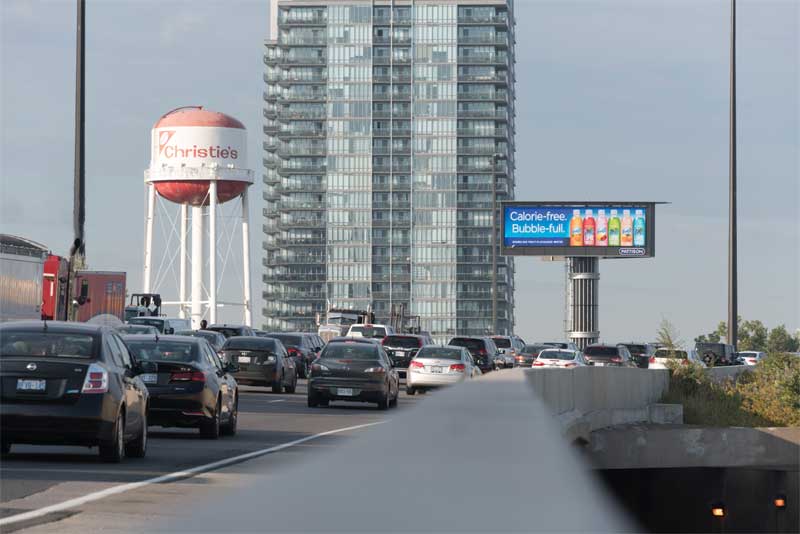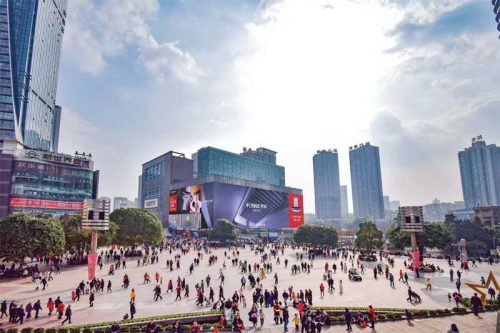By Liseanne Gillham

When discussing the benefits of out-of-home (OOH) media, there is often mention of the fact that there is no fear of an ad being lost below the fold or those that are blocked/skipped.
These days, headlines about the state of the out-of-home (OOH) industry are invariably promising, with the medium seeing a resurgence of attention from business leaders around the world. In 2018, the industry was worth $31 billion, and it experienced a growth of about 4.5 per cent in 2019.
Further, the owners of the world’s biggest digital advertising platforms, such as Google, Facebook, and Amazon, buy a large amount of OOH advertising to promote their products and initiatives due to the platform’s ability to make messages big, bold, and bright. In fact, Facebook recently released a report, which promotes the benefits of combining Facebook ads with OOH.
So the question is, where is OOH headed? The growth the industry has experienced (and expects to see in the years ahead) is fuelled by a few key driving factors, largely rooted in new and creative technologies, which (simply put) works out to better content, more revenue, and a swift removal of many of the biggest barriers in the way of simple, streamlined OOH transactions for all.
OOH will get more dynamic, more interactive, and more eye-catching

In a survey by Content Marketing Institute (CMI), 81 per cent of respondents stated they believed interactive content was more effective at grabbing people’s attention than traditional media.
Almost all of the growth in the OOH space can be attributed to the industry’s digital development. Digital out-of-home (DOOH)
is the second-fastest growing medium in the world, right behind digital advertising.
A number of reasons are responsible for this growth. To begin with, static out-of-home requires a lot of advance planning and manual labour to prepare and post media, whereas digital assets can be updated automatically.
That said, there is an important creative advantage to digital out-of-home as well. DOOH supports moving images and content that generates dynamically in response to the presence of a particular audience or specific ambient conditions. With the right setup, it can even support viewers interacting with and manipulating onscreen imagery. Such creative output offers a high level of flexibility to build campaigns that draw large audiences and create a sense of excitement.
Further, research proves these styles of DOOH media are substantial improvements to those that have existed in the past. According to Neuroscience Research, full-motion DOOH is two-and-a-half times more effective than static OOH in driving an emotional response. Also, in a survey by Content Marketing Institute (CMI), 81 per cent of respondents stated they believed interactive content was more effective at grabbing people’s attention than traditional media.
Today, there is an increasing demand for DOOH media to make use of full-motion, dynamic content generation, or interactivity to properly harness the value of the media purchase. This trend is only expected to continue in the future and usher in new creative campaigns that delight audiences and push the medium to greater heights.





